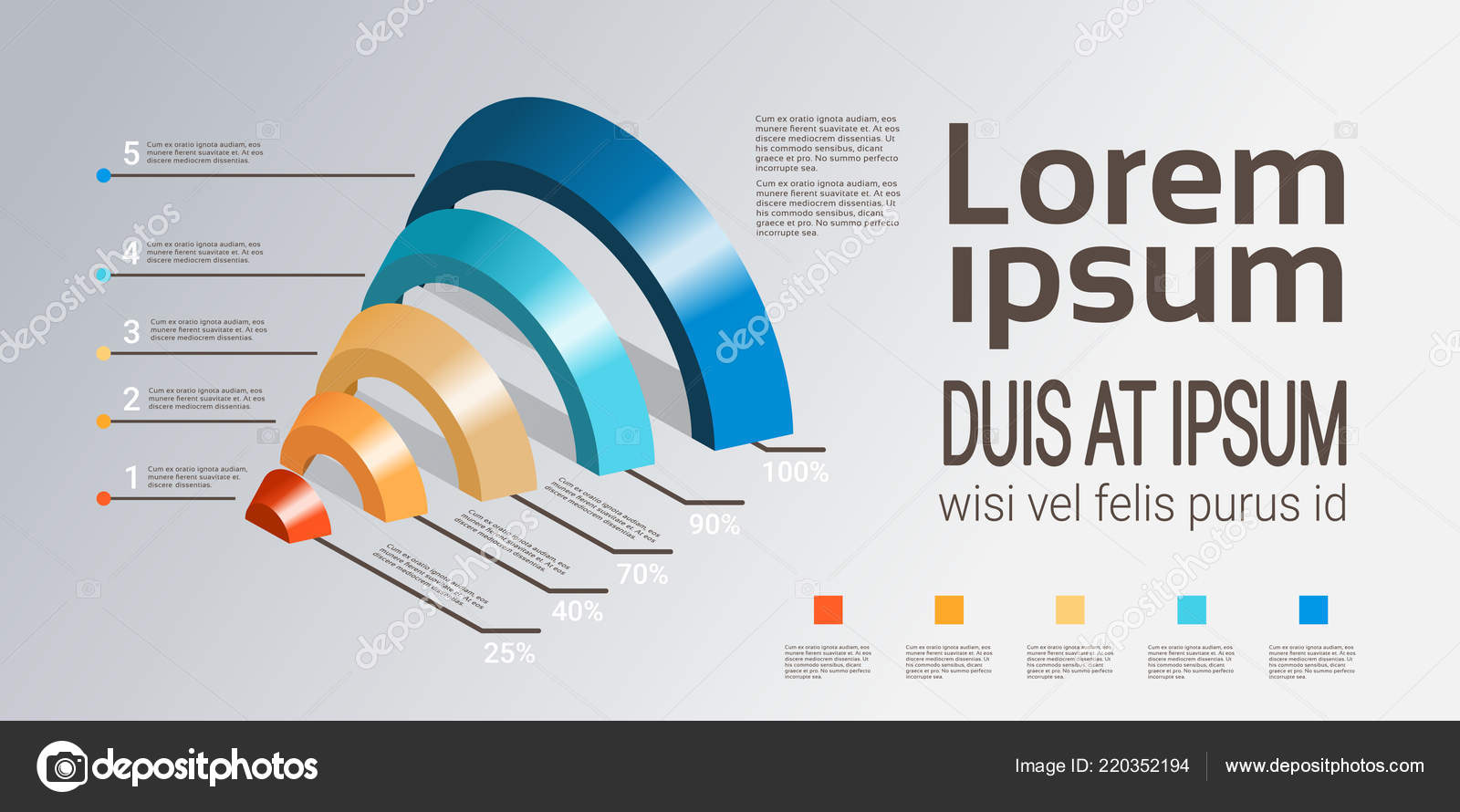Web Site Layout Fundamentals: Tips For Building A User-Friendly Site
Web Site Layout Fundamentals: Tips For Building A User-Friendly Site
Blog Article
Content Author-Hall Thorpe
When it concerns website style, making sure user-friendliness is key. From responsive layout to streamlined navigating, every aspect plays an essential role in creating a site that caters to your audience's needs. Yet what about the finer details that can make or damage a customer's searching experience? Remain tuned as https://hbr.org/sponsored/2022/06/adapt-your-digital-marketing-strategy-to-post-pandemic-consumer-behaviors uncover some often-overlooked suggestions that can boost your site's functionality to the following level, making it really stick out in the electronic landscape.
Relevance of Responsive Style
Responsive design is a crucial aspect of contemporary site growth. Guaranteeing your web site is responsive means that it can adjust to different display sizes and gadgets, offering a smooth experience for individuals.
With the raising use of mobile phones and tablet computers to access the web, having a responsive design is necessary for reaching a bigger audience. It helps in enhancing customer experience by making your internet site very easy to navigate and keep reading any type of tool.
Furthermore, receptive design can positively affect your internet search engine rankings, as internet search engine like Google prioritize mobile-friendly web sites. By having a responsive style, you're likewise future-proofing your web site, as new tools with differing screen sizes remain to arise.
Simplify Navigation Framework
To enhance individual experience and help with very easy accessibility to information on your website, simplifying the navigation framework is paramount. When designing your website, focus on creating a clear and instinctive navigating food selection that aids visitors discover what they're seeking promptly.
Restriction the variety of menu things to the fundamentals, grouping associated pages with each other to avoid overwhelming users. Usage descriptive tags that clearly indicate the material of each web page, making it much easier for individuals to comprehend where each link will certainly take them.
Think about carrying out dropdown menus for subcategories to stop cluttering the main navigation bar. In addition, include a search bar plainly on the page for customers that prefer looking for specific info.
Prioritize mobile responsiveness in your navigating layout to make certain easy gain access to on all gadgets.
Enhance Page Lots Speed
Improving page tons rate is crucial for preserving site visitors on your website. Slow-loading web pages discourage individuals and can cause high bounce prices. To maximize web page load rate, beginning by enhancing pictures. Press photos without jeopardizing quality to lower their data dimensions.
In addition, make it possible for web browser caching to save regularly accessed sources locally, accelerating load times for returning site visitors. Minify CSS, JavaScript, and HTML files by getting rid of unneeded personalities, remarks, and formatting, enhancing lots speed.
Consider utilizing a content shipment network (CDN) to distribute your web site's web content across numerous web servers worldwide, lowering latency for individuals accessing your site from different locations. Lastly, restrict the use of third-party manuscripts and plugins, as they can substantially influence load times.
Verdict
Finally, by including receptive layout, simplifying navigating, and optimizing web page tons rate, you can develop an easy to use web site that interest a broader audience and enhances user experience. These essential elements make sure that site visitors can easily accessibility and browse your site across different gadgets, resulting in increased engagement and contentment. By concentrating on these key facets, you can construct an effective internet site that keeps users returning for even more.
